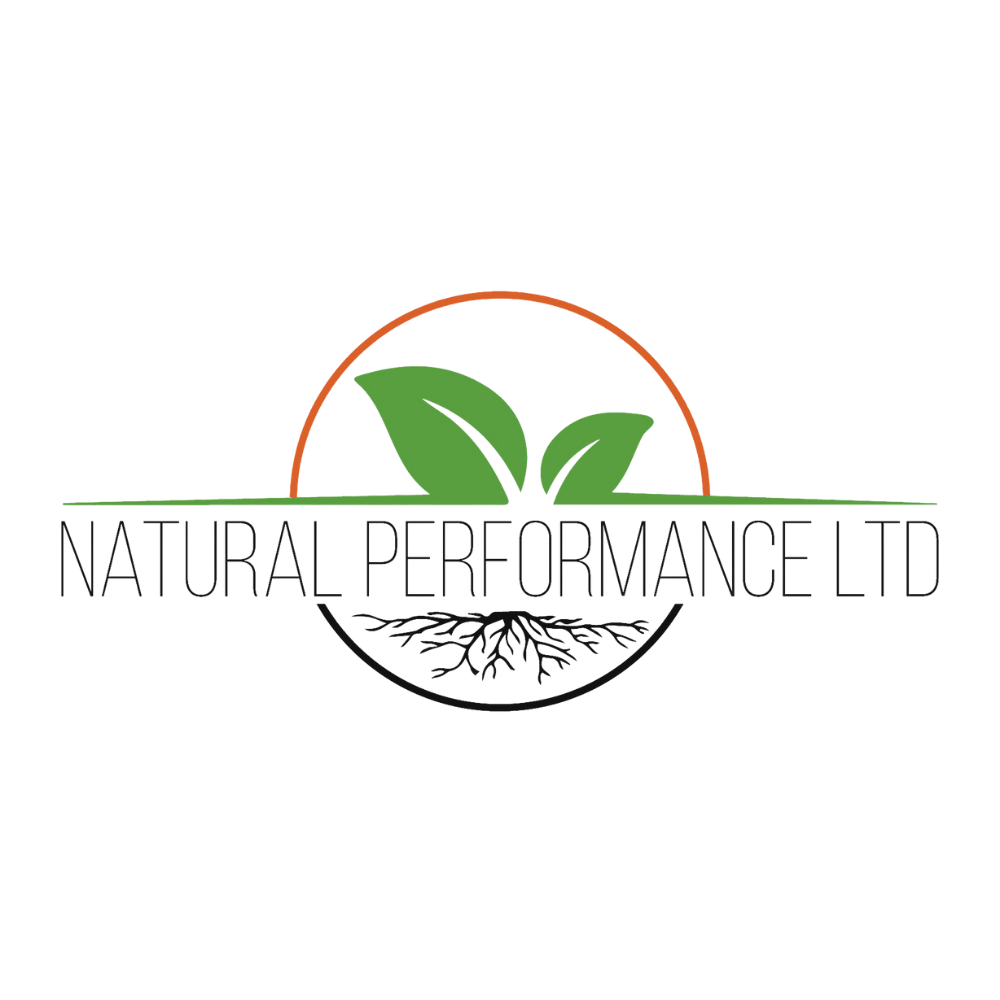Address Your ‘Drag’ Rather than Adding ‘More Power’
example of both overgrazing and under-grazing; bare patches, stunted growth and uneven pasture height, and dominance of barley grass as an indicator of a broken nitrogen cycle.
We often find when arriving on the farm of a new client that the most recent ‘rural professional’ visit they’ve had is from a fertiliser rep. And more often than not it’s been recommended they apply eye-watering amounts of superphosphate amidst other ingredients of a potent fertiliser concoction.
To be clear from the start, we’re not about to say that fertilisers are bad or wrong. There’s a place for them, especially when transitioning to regenerative ways of farming. However, when we can see a farm’s major limiting factors just by looking out the window of the car as we drive in, that a fertiliser mix supercharged with superphosphate isn’t going to make a difference to, we do find these recommendations alarming.
Think of a flywheel. A machinery wheel that spins, increasing momentum to provide greater stability or power. Now picture your farm as a flywheel. Your limiting factors create drag on the momentum of the flywheel, on the momentum of your farm.
Rather than looking at how to reduce drag by addressing the limiting factors, applying fertilisers or other inputs is the current go-to approach of adding ‘more power’ to the system to increase its momentum. It’s a band-aid, symptom-treating approach rather than one that looks to address the root cause of the problems being faced.
What are limiting factors you might be asking? These can be overgrazing or even under-grazing, soil compaction and lack of soil porosity, little organic matter, a lack of diversity (microbial, plant, and animal), a person’s mindset…and so on. Mineral imbalances can also be a limiting factor. However it’s typically not the most limiting factor or the one that should be addressed first. In fact, in addressing the most limiting factor, say overgrazing, transforming your grazing management can have a ripple effect on adjusting a mineral imbalance as soil fungi become more present and microbial activity heightens to release existing soil minerals.
What do we mean by addressing the root cause rather than treating symptoms? Let’s use the example of overgrazing again, and a mineral imbalance being a symptom of it. What overgrazing does is reduces leaf area available for photosynthesis; reducing a plant’s ability to feed microbes; causing fungal populations to decline and therefore reduces soil nutrient release; which creates bacterially dominant soils; locking up nitrogen (bacteria love N!) making it unavailable to plants; and aiding the creation of compacted soils that then appear to need more calcium to flocculate/open it up again, and the cycle continues…and that’s just one example of a flow-on effect of a limiting factor not being addressed.
Starting to get why we focus on addressing root causes or the ‘drag’ on your system rather than treating symptoms and adding ‘more power’? We’re passionate about empowering farmers and growers to create profitable, resilient, and healthy farm environments, and to do that means steering away from your farm systems being propped up by expensive inputs when they don’t need to be. Often it’s just a matter of asking ‘why?’, connecting the dots of interactions, and then tweaking things. Which we can teach you! Take the action of getting in touch with us for coaching and we can get started. And go and check out the Farm Resilience workshops we’re hosting in March 2023 – we’d love to see you there!


